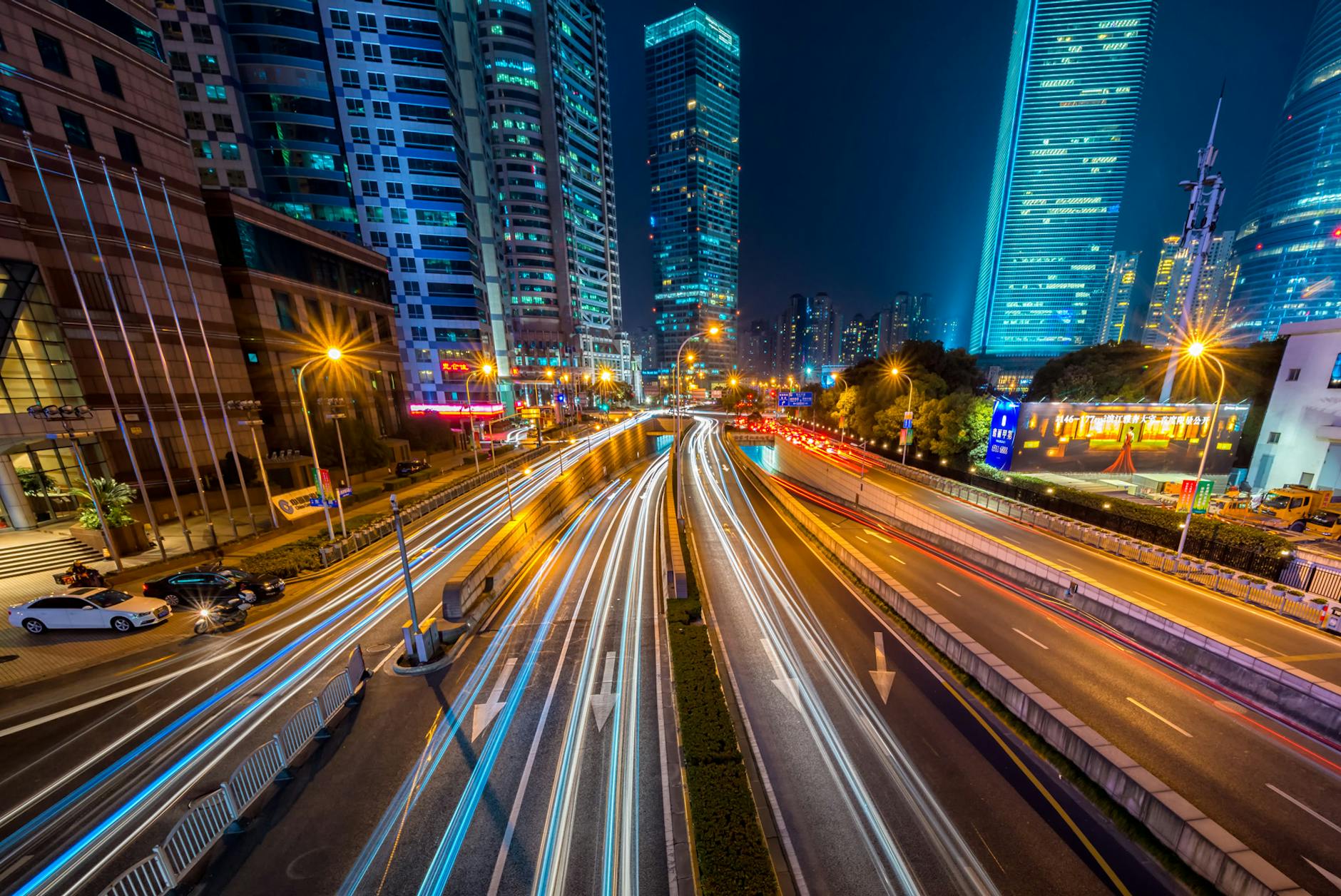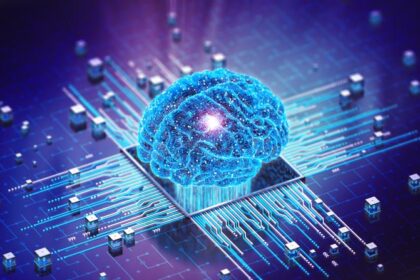5G. Two letters and a number that have sparked hype, hope, and maybe a few conspiracy theories.
But now that it’s here, rolling out across cities, powering devices, and promising to change how we live. It’s time to ask: what’s actually different?
Because 5G isn’t just “faster 4G.” It’s a new foundation, an infrastructure shift that’s already reshaping communication, supercharging the Internet of Things (IoT), and laying the groundwork for real smart cities, not just buzzword brochures.
Let’s break it down.
What is 5G (and Why Is It a Big Deal)?
In simple terms, 5G is the fifth generation of mobile networks and it’s designed to do three things better than its predecessors:
- Speed: Up to 100x faster than 4G. Yes, your TikTok will load instantly.
- Latency: As low as 1 millisecond. That’s “blink and it’s done” fast.
- Capacity: Able to support millions of devices per square kilometer.
But the real magic? It’s what 5G unlocks especially for communication systems, connected devices, and city-wide digital ecosystems.
Communication Goes Instant and Immersive
Say goodbye to lag. Say hello to real-time everything.
With 5G:
- Video calls feel like in-person conversations, no awkward delays or frozen faces.
- Virtual meetings in AR or VR are actually usable (and kinda amazing).
- Remote collaboration becomes seamless, especially for creatives, engineers, and healthcare workers.
And we’re not just talking office Zoom calls. Think remote surgeries, drone-based journalism, and multiplayer gaming with zero buffering.
Big Picture: 5G is redefining what “real-time” communication means for individuals, industries, and cities.
IoT Gets Smarter, Smaller, and Everywhere
The Internet of Things (IoT) is the quiet revolution powering everything from your smart fridge to traffic light sensors.
But IoT had a 4G problem: limited bandwidth and too much latency.
Enter 5G.
With its ability to support massive machine-type communications (mMTC), 5G can connect:
- Smart watches
- Home assistants
- Factory robots
- Smart meters
- Self-driving cars
- Healthcare monitors
- … all at the same time, in real time.
No more network congestion. No more “disconnect and try again.” Just devices talking to each other like they’re in the same room even if they’re continents apart.
Real-World Example: A hospital in Seoul uses 5G-powered sensors to track patient vitals remotely and in real-time, reducing emergency response time drastically.

Smart Cities Go From Dream to Daily Life
Smart cities aren’t just about having LED streetlights and Wi-Fi in the park. They’re about responsive infrastructure cities that adapt to human needs, not the other way around.
And 5G is the spine holding it all together.
Here’s what it powers:
- Traffic systems that adjust based on live congestion
- Smart waste bins that notify collection services when full
- Environmental sensors tracking air quality, noise levels, and water usage
- City-wide surveillance for safety and emergency response
- Energy grids that distribute power efficiently based on usage spikes
Look at Kigali: Rwanda’s capital is piloting 5G-backed systems to streamline transport, reduce gridlock, and track city-wide energy use. This isn’t sci-fi. It’s happening now.
Industries That Will Never Be the Same
Transport:
Self-driving cars are only safe if they can “talk” to each other and to the infrastructure in real-time. That’s a 5G job.
Healthcare:
Telemedicine, remote diagnostics, and even AI-assisted surgeries require reliable, low-latency networks.
Manufacturing:
5G enables hyper-automated factories with robots, sensors, and predictive maintenance tools working in unison.
Logistics:
Track every package, pallet, and temperature in real-time, even on the go.
But It’s Not All Sunshine and Signal Bars
Yes, 5G is powerful but it’s also infrastructure-intensive.
To deliver on its promise, 5G requires:
- Millions of small cells (mini towers) deployed citywide
- A dense network backbone of fiber optics
- Devices that can handle the signal (not all phones are ready)
And then there’s the privacy conversation.
With hyper-connected cities and always-on devices, who owns the data? Who protects it? Who profits from it?
The 5G era brings us closer to a surveillance society if we’re not careful.
What Should We Expect in the Next 5–10 Years?
5G-powered smart campuses, neighbourhoods, and industrial zones
Massive IoT adoption across agriculture, logistics, and manufacturing
Cities that “think” and react in real-time
Startups building next-gen apps that only make sense in a 5G world
And once 6G starts whispering around 2030? Let’s just say we’ll be in full Black Mirror territory.
The Future Is Connected (Literally)
5G isn’t just the next network, it’s the nervous system for the next generation of global innovation.
If your brand, startup, or content doesn’t consider how faster, smarter communication is changing everything… you might just get left behind buffering.
Because the future? It moves in milliseconds now.







